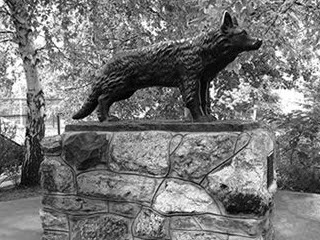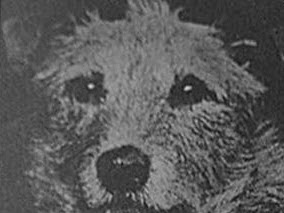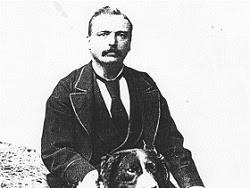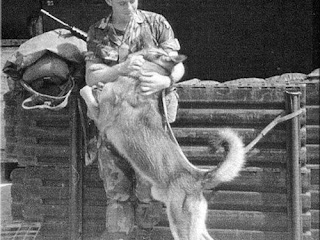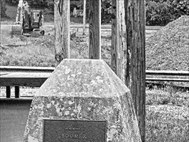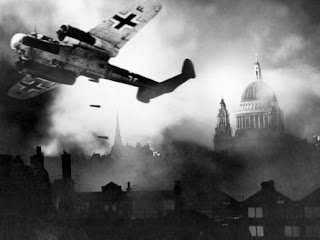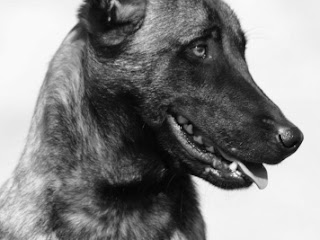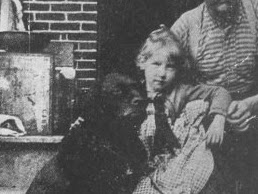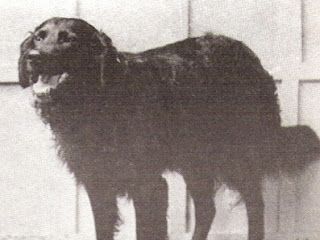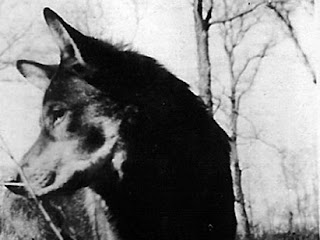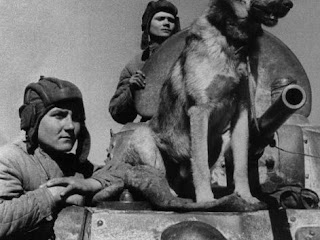Jack became a famous dog in history for saving lives from the docks and riverbanks of Swansea.
Swansea Jack, as the dog came to be known, continued to save lives. He was said to patrol the docks and beaches, ready to rescue those who needed his help. Jack soon became a celebrity and often appeared with Thomas at shows and functions, where people were photographed alongside the famous dog.
In 1936, Jack was awarded Bravest Dog of the Year by the London Star newspaper. He received a silver cup from the Lord Mayor of London, and he was given two bronze medals from the National Canine Defense League (now known as Dogs Trust).
Jack died at an early age in 1937 after eating rat poison near his home. According to a news article after his death "He had not only perfect courage and the instincts of his grand breed; but he had an innate genius for knowing just how and where to seize even the most hysterical human, struggling in deep water; and how best to tow the victim safely to shore."
ERECTED TO THE MEMORY OF
SWANSEA JACK
THE BRAVE RETRIEVER WHO SAVED 27 HUMAN
AND 2 CANINE LIVES FROM DROWNING
LOVED AND MOURNED BY ALL DOG LOVERS
DIED OCTOBER 2ND 1937 AT THE AGE OF 7 YEARS
NE'ER HAD MANKIND MORE FAITHFUL FRIEND THAN THOU
WHO OFT THY LIFE DIDST LEND TO SAVE SOME HUMAN
SOUL FROM DEATH
OWNER & TRAINER WM. THOMAS
In 2000, Jack was named Dog of the Century by Newfound Friends.


